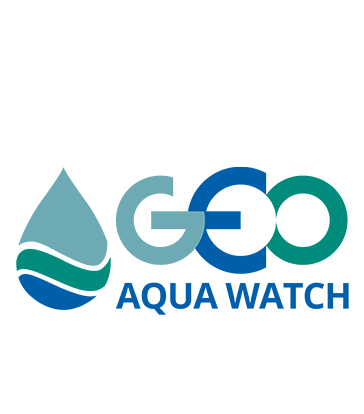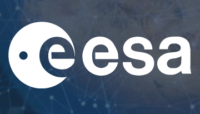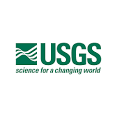Attention early career scientists! Are you interested in doing applied research? Are you skilled in aquatic remote sensing? Apply your skills at the USGS California Water Science Center conducting science for a changing world. The Biogeochemistry Group (BGC) at the U.S. Geological Survey California Water Science Center (CAWSC) is seeking a postdoctoral candidate to work on a variety of projects related to remote sensing of water quality in estuarine and inland waters. The successful applicant will join a vibrant research group studying nutrient biogeochemistry and algal ecology in the San Francisco Estuary and inland waters. The California Water Science Center expects to open a permanent position for a researcher specializing in aquatic remote sensing in the near future.
The specific projects funding this position involve issues such as early detection of harmful algal blooms, water quality impacts of fires, tracking contaminants, regional assessments of temperature and turbidity. We note that most projects involve co-development of methods for near-field remote sensing in conjunction with improving earth observations.
The candidates will be help lead one of the current research projects, write peer-reviewed manuscripts and collaborate with other projects. In addition to leading existing projects, the candidate will also have opportunities to write grants and develop new research projects in collaboration with PIs in the BGC.
The applicant must be a U.S. citizen and have earned a Ph.D. in Biology, Ecology, Oceanography, Limnology, Engineering, or other relevant field within the past 5 years. Applicants must have relevant experience and a strong publication history.
Interested applicants should email 1) a cover letter stating research interests and career goals, 2) current curriculum vita, and 3) copies of academic transcripts and publications. When prompted, please provide names, phone numbers, and email addresses of three professional references. Salary will be at a GS-12 level.
We will begin reviewing potential candidates on June 3, 2022, but will continue to consider applications until these positions are filled.
For questions about this announcement, please email Keith Bouma-Gregson, kbouma-gregson@usgs.gov.




